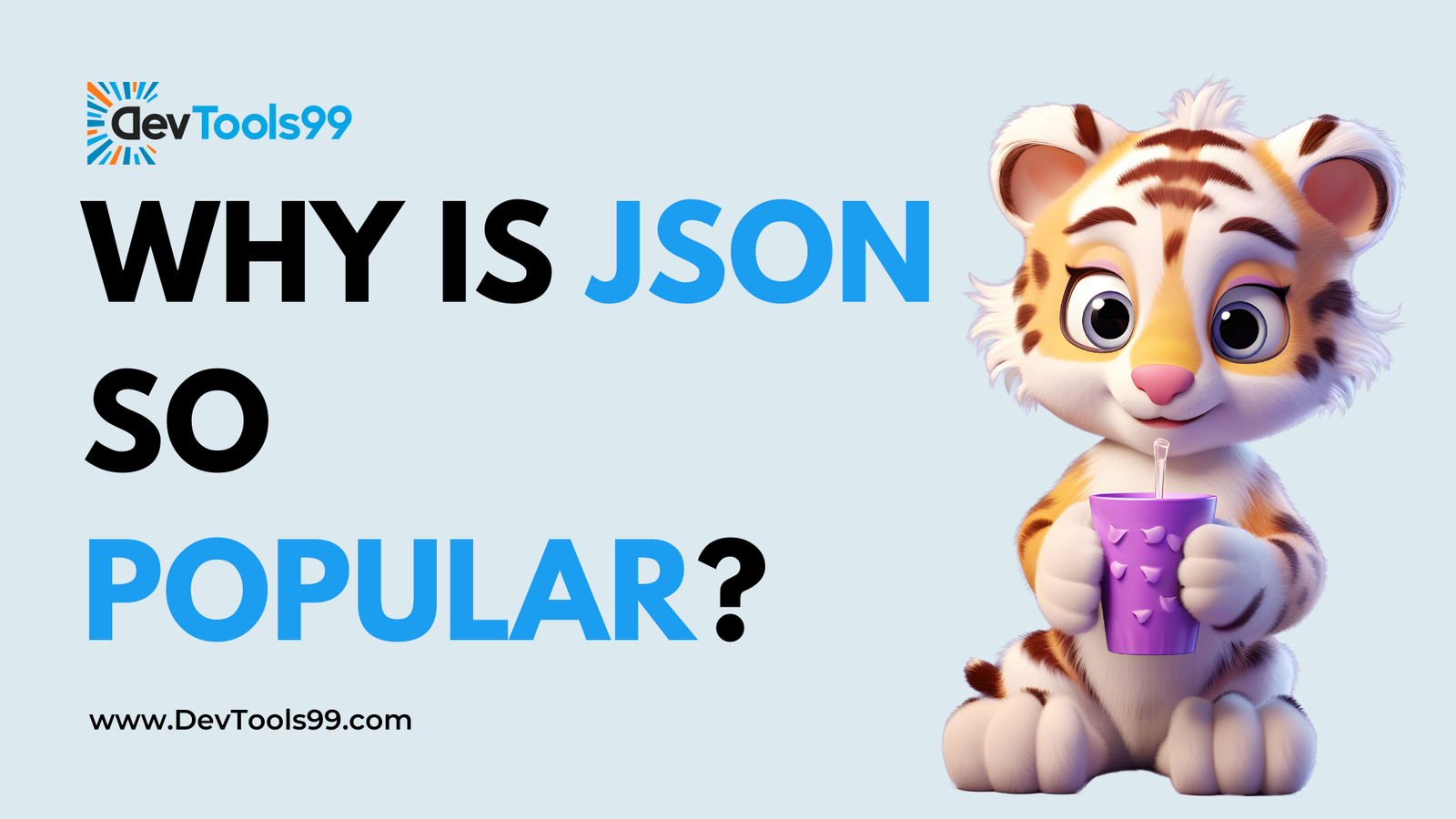
Why JSON is So Popular
In today's digital age, data exchange is at the core of most web applications and services. Among the various formats used for data interchange, JSON has emerged as a clear favorite. But what makes JSON so popular? Let's delve into the details.
What is JSON?
JSON, which stands for JavaScript Object Notation, is a lightweight data interchange format that's easy for humans to read and write, and easy for machines to parse and generate. At its core, JSON represents data as key-value pairs, making it straightforward and intuitive.
{
"name": "John Doe",
"age": 30,
"city": "New York"
}Why JSON?
There are several reasons why JSON has gained immense popularity:
Human Readable
JSON's syntax is simple and clear, making it easy for developers to read and write. This human readability is a significant advantage, especially during debugging and development phases.
Easy to Parse
JSON can be parsed easily by most programming languages. This ease of parsing ensures that data can be quickly converted into usable objects in various languages, enhancing the development process.
Widespread Support
JSON is supported by virtually all modern programming languages, from JavaScript and Python to Java and C#. This extensive support means that developers can work with JSON across different platforms and environments seamlessly.
Lightning Fast
One of the most compelling reasons for JSON's popularity is its speed. JSON is lightweight and can be parsed quickly, making it ideal for real-time applications where performance is critical.
Fun Fact: The popularity of JSON continues to grow, and it is now the most popular data exchange format globally.
JSON Functions
To work with JSON in JavaScript, two primary functions are commonly used:
JSON.stringify()
The JSON.stringify() function converts a JavaScript object into a JSON string. This is useful when you need to send data from a client to a server or store it in a format that's easy to save and retrieve.
const obj = { name: "John Doe", age: 30 };
const jsonString = JSON.stringify(obj);
console.log(jsonString); // {"name":"John Doe","age":30}JSON.parse()
The JSON.parse() function converts a JSON string back into a JavaScript object. This is essential when you receive JSON-formatted data from a server or an external source and need to work with it in your code.
const jsonString = '{"name":"John Doe","age":30}';
const obj = JSON.parse(jsonString);
console.log(obj.name); // John DoeJSON in Action
JSON is ubiquitous in modern web development. Here are a few common use cases:
Storing Data in a Database
JSON is often used to store data in NoSQL databases like MongoDB, where it can be easily queried and manipulated.
Sending Data Between API Endpoints
APIs commonly use JSON to format the data being sent between clients and servers. This ensures a consistent and structured format for data interchange.
Configuration Files
JSON is also popular for configuration files, such as package.json in Node.js projects. These files define various settings and dependencies for projects in a format that's easy to read and edit.
In conclusion, JSON's simplicity, readability, and performance have made it the de facto standard for data interchange in modern web development. Whether you're storing data, configuring applications, or exchanging information between services, JSON is a reliable and efficient choice.
Follow Us:
Stay updated with our latest tips and tutorials by subscribing to our YouTube Channel.
